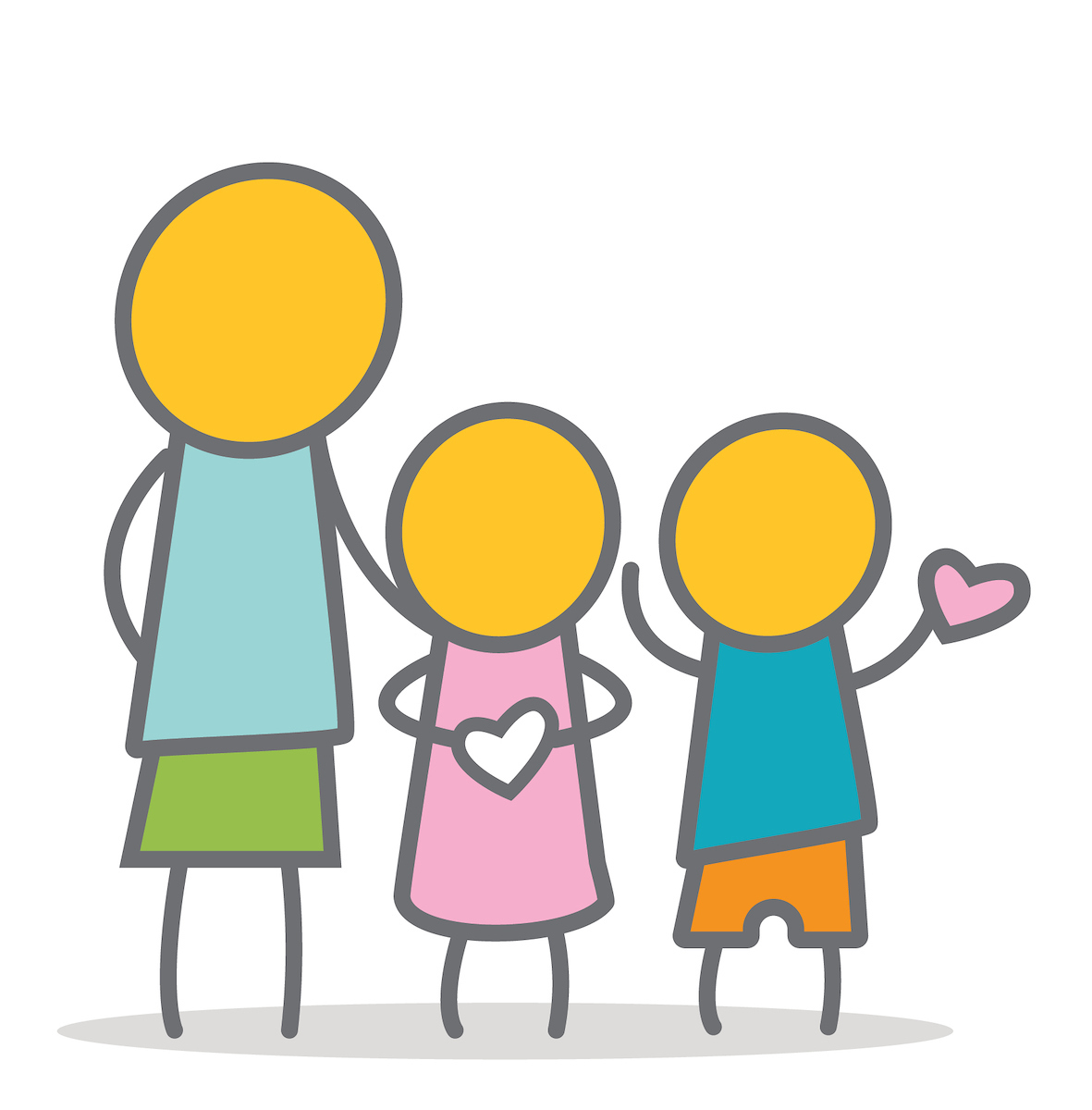 What is Ehlers-Danlos Syndrome (EDS)? It refers to a group of disorders that affect the body’s connective tissue. This includes the skin, ligaments, tendons and blood vessel walls. The point of these connective tissues is to provide strength and elasticity to other parts of the body. Children with EDS usually have overly flexible joints. They also can have fragile, stretchy skin.
What is Ehlers-Danlos Syndrome (EDS)? It refers to a group of disorders that affect the body’s connective tissue. This includes the skin, ligaments, tendons and blood vessel walls. The point of these connective tissues is to provide strength and elasticity to other parts of the body. Children with EDS usually have overly flexible joints. They also can have fragile, stretchy skin.
There are various types of Ehlers-Danlos Syndrome. The three most common include hypermobile EDS, classical EDS and vascular EDS. Since Ehlers-Danlos Syndrome can be present at birth or shortly thereafter, it is not unusual for it to be diagnosed during a child’s toddler years. This can be done by looking at their specific symptoms, family history, urine testing and skin biopsies. It can sometimes be helpful to perform a cardiac ultrasound.
Understanding the three common types of EDS
Hypermobile Ehlers-Danlos Syndrome is seen the most frequently. Children often have loose joints and soft skin. They tend to deal with joint dislocation, skin wounds that may take more time to heal, dental issues, frequent headaches, easy bruising and jaw pain. While there is no genetic test that can confirm an EDS diagnosis, it can be done by performing a physical exam. Your child’s provider will also look at any family medical history.
Classical Ehlers-Danlos Syndrome can result in loose joints, stretchy skin that tears easily, poor wound healing, chronic bruising and certain heart issues. There is a genetic test that can be done using a blood sample, however, this test only finds about 50% of actual cases. Because of this, your child’s provider may make a diagnosis without performing a genetic test.
Vascular Ehlers-Danlos Syndrome is the rarest form of EDS but is the most severe. Children with vascular EDS are at high risk for life-threatening rupture of the arteries, uterus and intestines. Stroke and uterine rupture are also possible. Many kids have very loose, small joints in their fingers, have very thin skin where blood vessels can be seen just under the skin and bruise easily. Diagnosing vascular EDS requires a clinical exam, genetic testing through a blood sample and a look at family history.
Treatment varies based on your child’s symptoms
While there is no known cure for Ehlers-Danlos Syndrome, there are lots of treatment options to help with your child’s symptoms. Remember that each case is unique, which is why seeing a healthcare professional with extensive experience is the best option. The team at Gillette Children’s can provide tailored treatment based on your child’s needs.
Medication is one way to treat your child’s pain. Ibuprofen or naproxen can be used, but a stronger prescription can be given if your child is dealing with severe joint and muscle pain. Your child’s provider may recommend blood pressure medicine if they have fragile blood vessels due to Ehlers-Danlos Syndrome, as well.
Physical therapy is another useful tool. By strengthening the muscles around your child’s joints, it can stabilize them and prevent dislocations. Gillette Children's is a leader in physical and rehabilitation therapies. The Gillette therapists use the latest equipment and techniques to help children reach their highest level of independence and function.
While it is rare, surgery is an option for those who continue to experience joint dislocation after trying other treatments. This means repairing the joint and the tendons around it. Unfortunately, Ehlers-Danlos Syndrome can complicate surgery and increase the risk of complications, so it should only be considered when necessary.
Trust a team of experts to find the right course of action
Understandably, this is a complex disease that can be difficult to understand. It can be easy to miss the signs of Ehlers-Danlos in toddlers, too. Talking with an expert is the best way to get your questions answered.
At Gillette, our internationally recognized team of specialists work closely with kids and their families to minimize pain, prevent injury and stabilize joint function. You get the benefit of working with dozens of world-class providers in one place. From cardiology to genetic counseling and orthopedics, we work together to find patient-centered solutions.

Meet a care team provider, find a location, learn how to get a second opinion, and more.
Request an appointment to connect with Gillette providers.
Do these symptoms sound familiar? Our 30-minute consult appointment could help get answers.
